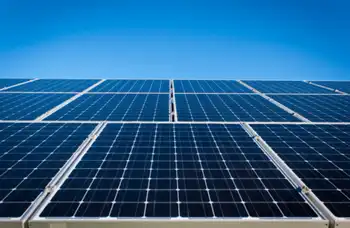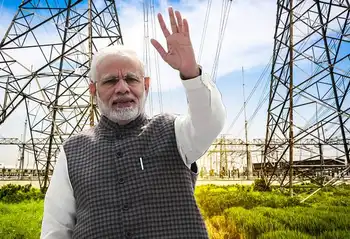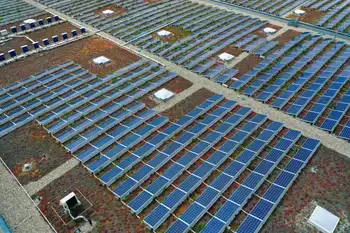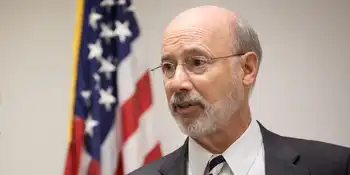Santa Barbara to receive $12 million in grid improvements
By Southern California Edison
Arc Flash Training CSA Z462 - Electrical Safety Essentials
Our customized live online or in‑person group training can be delivered to your staff at your location.

- Live Online
- 6 hours Instructor-led
- Group Training Available
“The work we’re doing in Santa Barbara will require coordination between SCE and the residents and businesses it serves,” said Rondi Guthrie, Local Public Affairs region manager for Santa Barbara. “We’re investing more money in the local infrastructure, and we’re working hard to communicate the details of this work to the community — the open house is a start, and the dialogue will be ongoing.”
Grid improvement work is planned for each of the 10 circuits that serve the downtown Santa Barbara area. Not only does it include work to replace and improve the distribution equipment in the area, but also the installation of ties to other circuits on the SCE grid in the region so that there is more redundancy and flexibility to isolate outages if they do occur.
The objectives of the reliability improvement is to reduce the frequency of repair outages, reduce the duration of outages and improve outage notification.
Some of the infrastructure work will make the grid smarter, including remote-controlled switches or automated equipment, which can help quickly isolate and restore service in the event of a repair outage. Other work, such as vegetation management and routine facility patrols, are less technical functions but also critical to improved reliability.
Guthrie said some of the work will be unnoticeable, but other work will be very obvious and could even impact the daily routine of residents and businesses.
“When we are replacing dozens of underground structures or hundreds of distribution poles like we’re planning to, not only will folks notice, but they will be affected by lane or road closures, and quite possibly, maintenance outages,” said Guthrie.











